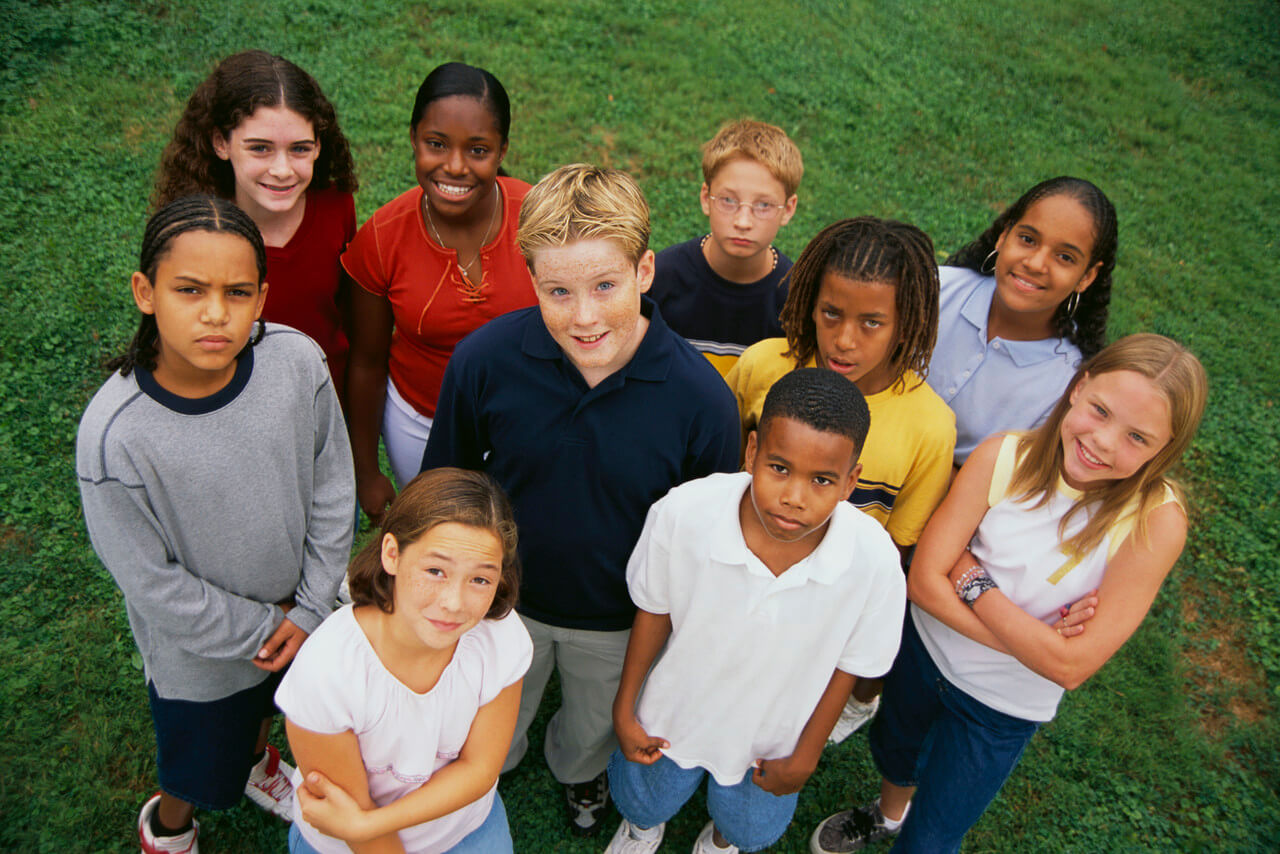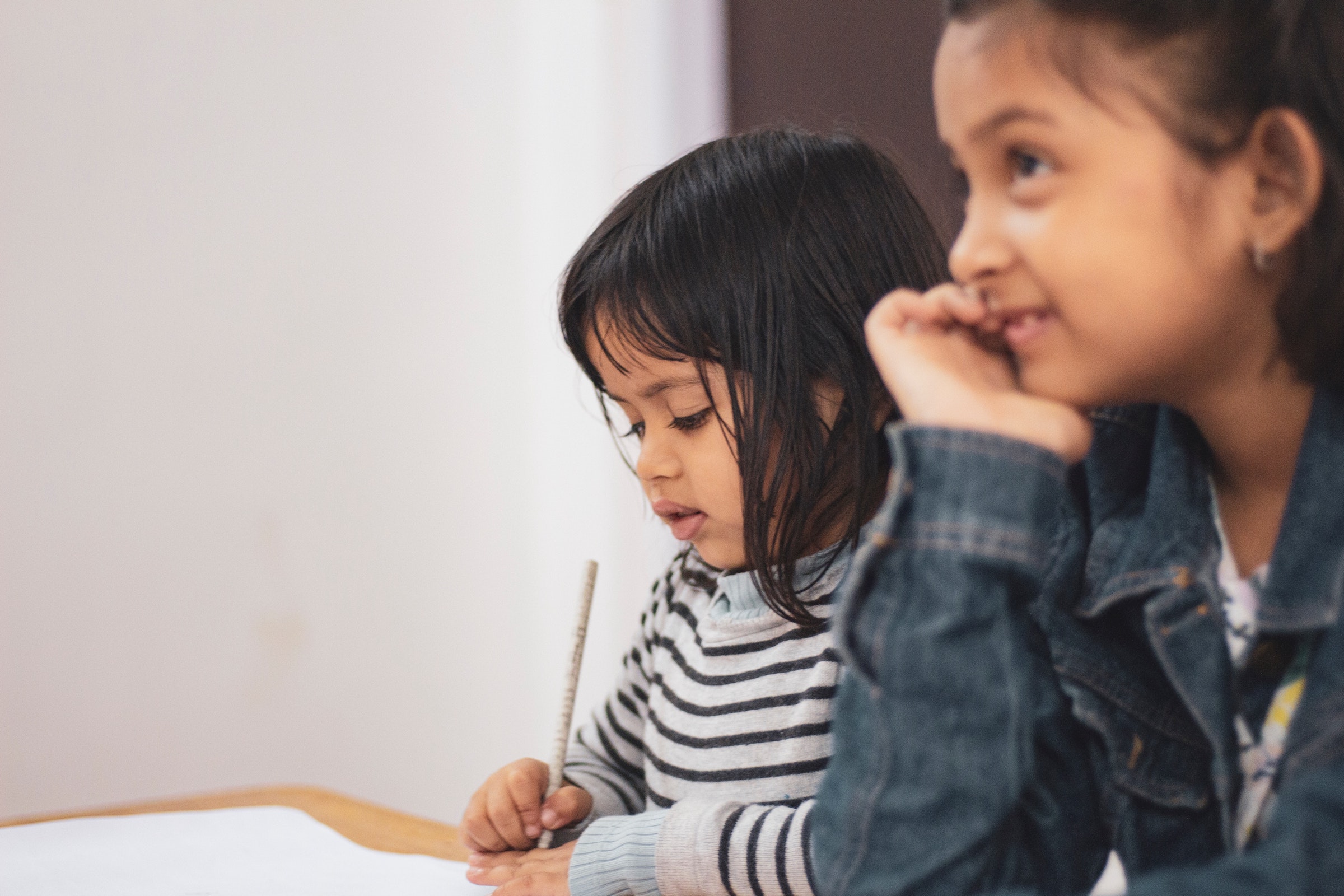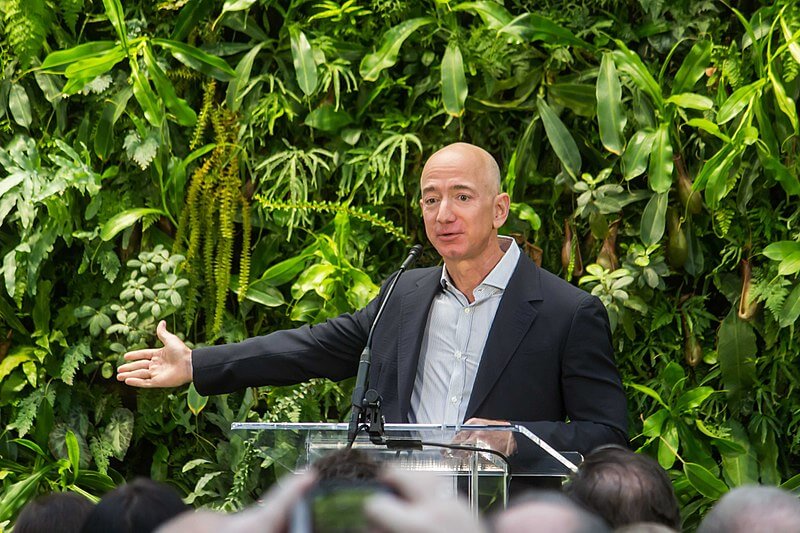
by Victor Jung | Dec 13, 2022 | Charity, Coding, MiniCoders, Parenting, Udemy, Victor Jung
Who invented the Python coding language? Python is a popular programming language that Guido van Rossum created. Van Rossum began working on Python in the late 1980s, and the first version of the language was released in 1991. Python is named after the British comedy...

by Victor Jung | Feb 6, 2020 | Charity
If you’ve ever lent a hand to a charity in the global fight for literacy, you’ll be glad to know that literacy rates have risen in recent years. Literacy programs and charity organizations have a huge role in this! However, literacy rates are still below par in many...

by Victor Jung | Sep 21, 2018 | Philanthropy
Jeff and MacKenzie Bezos recently declared their first philanthropic endeavor. “The Bezos Day One Fund” is expected to tackle two issues: homelessness and early education. Bezos explained that his organization would tackle homelessness by serving as a...

by Victor Jung | Jun 12, 2017 | Philanthropy
Educators that have been trained to teach students with special needs are familiar with the challenges faced in this field, and are dedicated to helping said students receive the education they deserve. Learning disabilities can be any number of complications...





